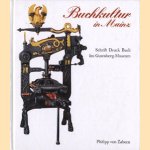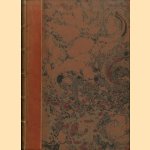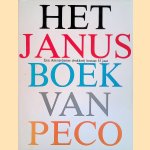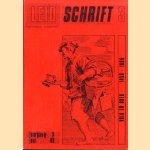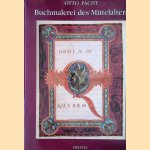
Onze boeken
A Bookseller's Hobby-Horse, and the Rhetoric of Translation. Anthony Ernst Munnikhuisen and Bernardus Brunius, and the First Dutch Edition of 'Tristram Shandy' (1776-1778) *SIGNED*
Door Agnes M. Zwaneveld
Categorie | Boekdrukkunst & Boeken |
|---|---|
Boeknummer | #282638 |
Titel | A Bookseller's Hobby-Horse, and the Rhetoric of Translation. Anthony Ernst Munnikhuisen and Bernardus Brunius, and the First Dutch Edition of 'Tristram Shandy' (1776-1778) *SIGNED* |
Auteur | Zwaneveld, Agnes M. |
Boektype | Paperback |
Uitgeverij | Amsterdam/Atlanta GA, Rodopi |
Jaar van uitgave | 1996 |
ISBN10 | 9051839561 |
ISBN13 | 9789051839562 |
Taal | Engels |
Beschrijving | Thesis/Proefschrift met los stellingenblad. Signed with small dedication by the author on endpaper + small loose signed letter. |
Samenvatting | Bookseller's Hobby-Horse, and the Rhetoric of Translation is a study of the first Dutch translation ofTristram Shandy (1759-67) as a product of and factor in the reception of Sterne's novel in the Netherlands, and as a specific manifestation of this reception: a derived text based on interpretation of the original. It took sixteen years for this translation to appear. Why was this so? And why did its publication (1776-79) prove unrewarding to the publisher? To answer the first question, Agnes Zwaneveld relates the development of Sterne appreciation in the Netherlands ? from neglect in the 1760s to a literary craze in the 1780s ? to a number of socio-cultural factors, including a growing interest in German literature. This relation with German literature is reflected in the choice of books ... (Lees verder)published by A. E. Munnikhuisen, a Sterne-enthusiast and conscientious publisher, but also an outsider in the book trade, whose audacity led to the commercial failure of his enterprise. A different question tackled in this study is to what extent the translation reflects the original text. Can it be accepted as a faithful rendering, or rather as an adaptation, an imitatio in the classical tradition? To understand what norms the translator, Bernardus Brunius, followed and what effects he can have been aiming at, his work is described in terms of the ? rhetorical ? theory of translation adhered to in his day. To avoid subjectivity in assessing the resemblance between translation and original, the comparison focuses on composition and the use of rhetorical figures as formal aspects which can be easily recognised across the centuries. The textual comparison was limited to the opening chapter of Tristram Shandy, seen as the novel'sexordium, in which both author and translator are likely to have made a show of their intentions. Close reading of this chapter resulted in an interpretation of Tristram's authorial performance as inspired by both Quintilian and Longinus. |
Pagina's | 237 |
Conditie | Goed |
Prijs | € 15,00 |

Onze gebruikte boeken verkeren in goede tweedehands staat, tenzij hierboven anders beschreven. Kleine onvolkomenheden zijn niet altijd vermeld.


